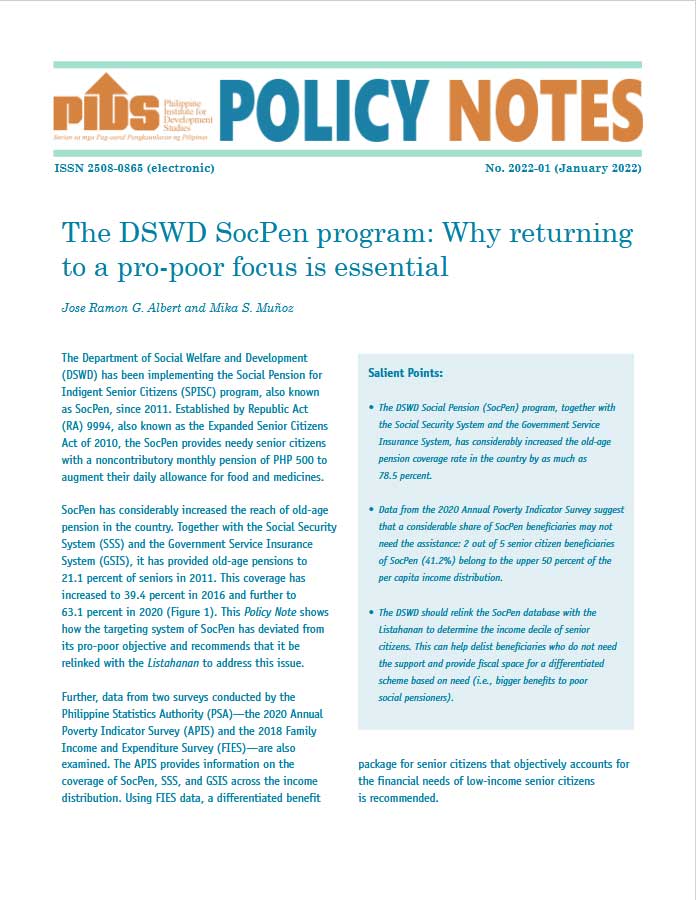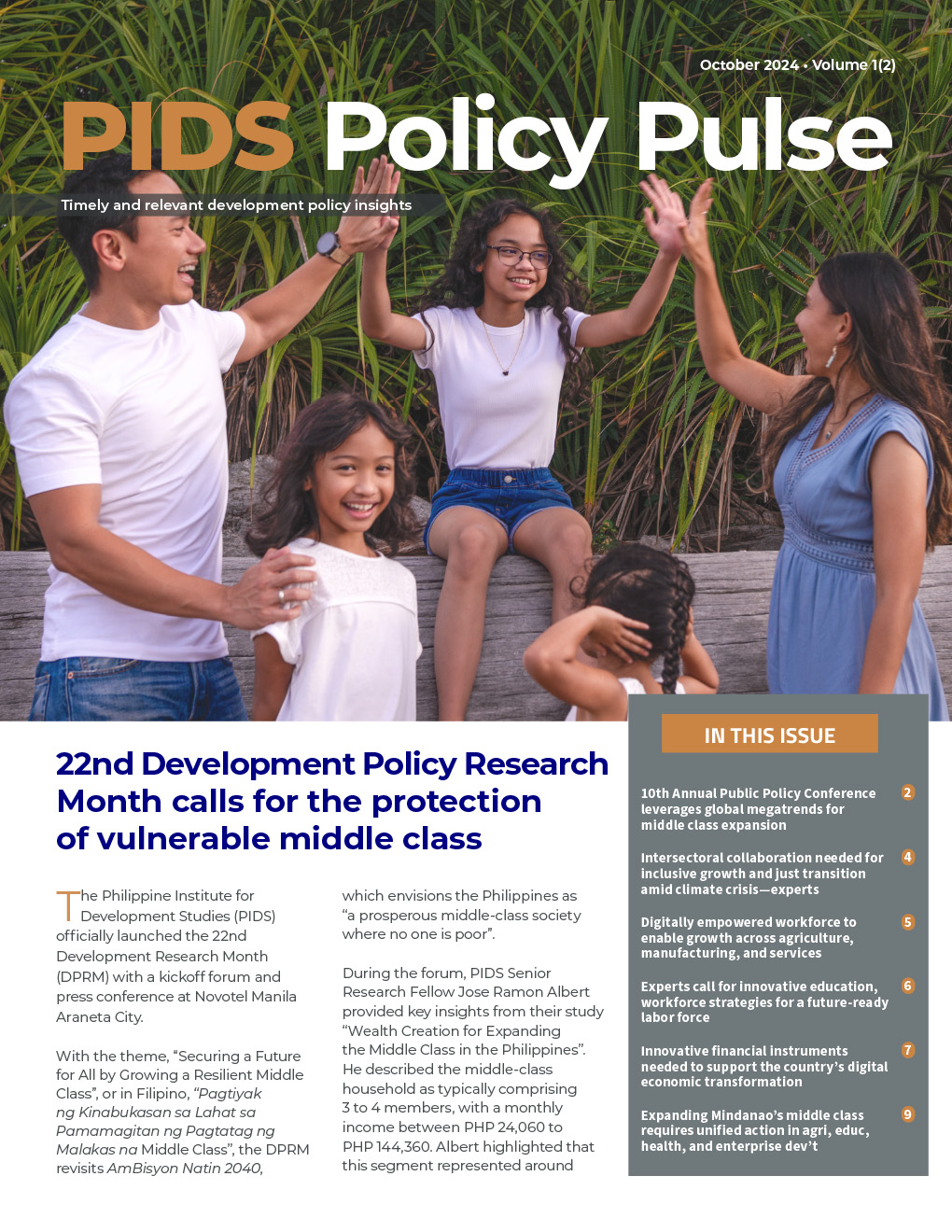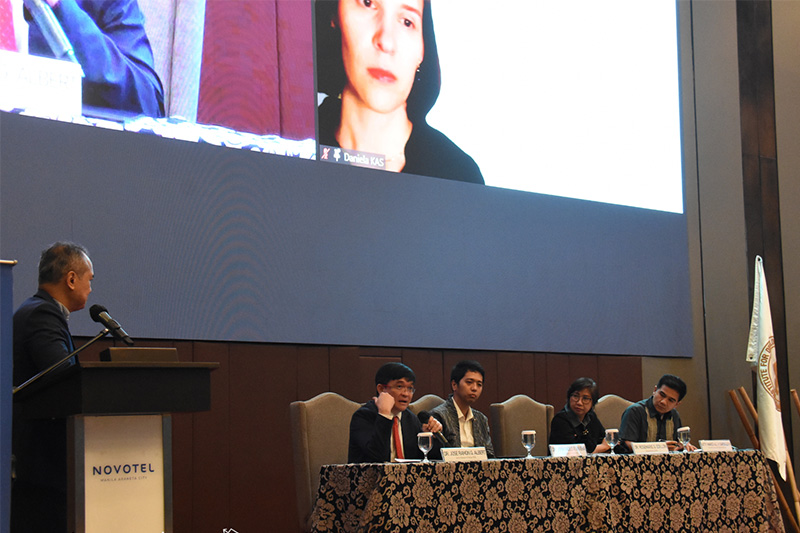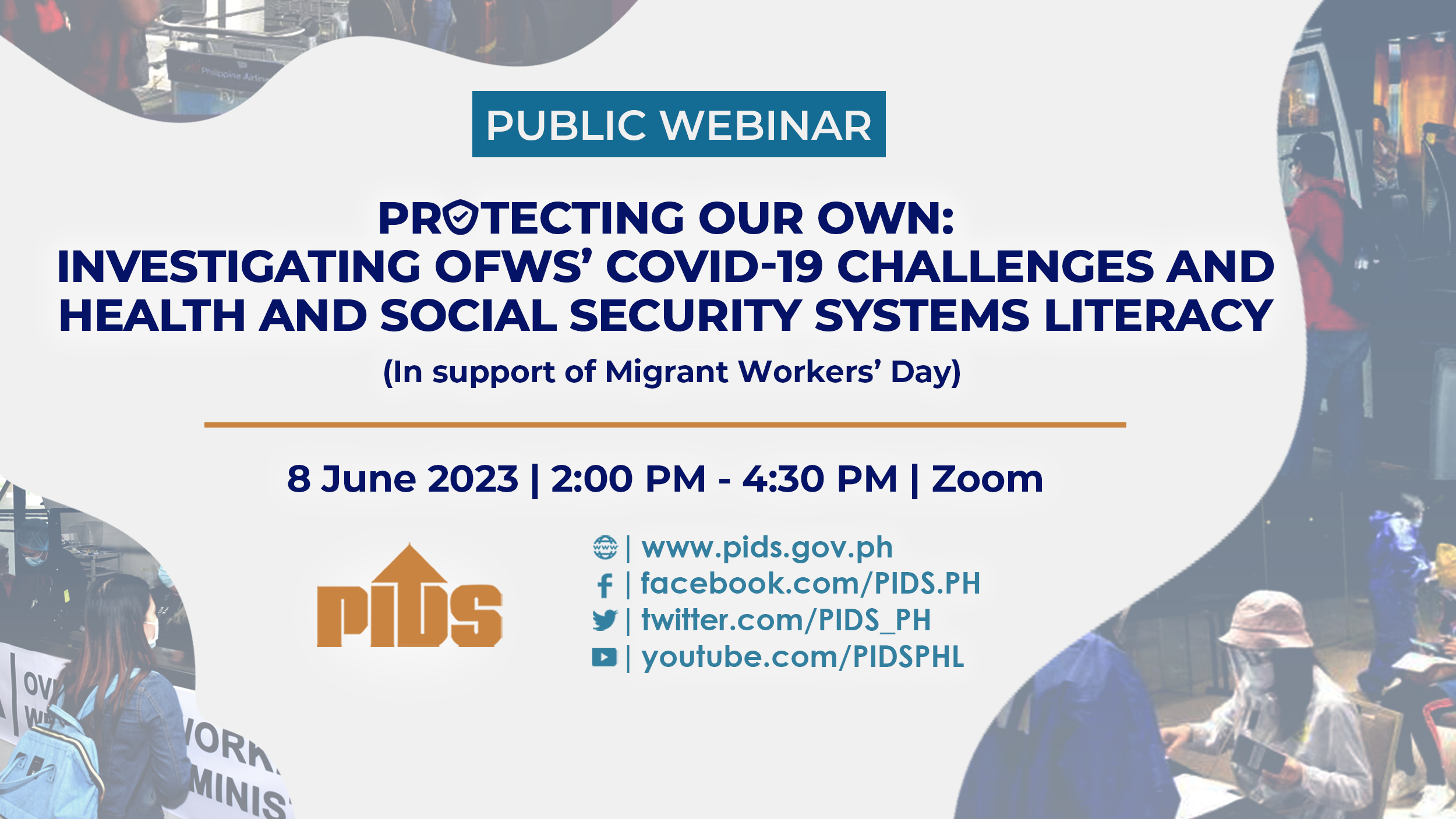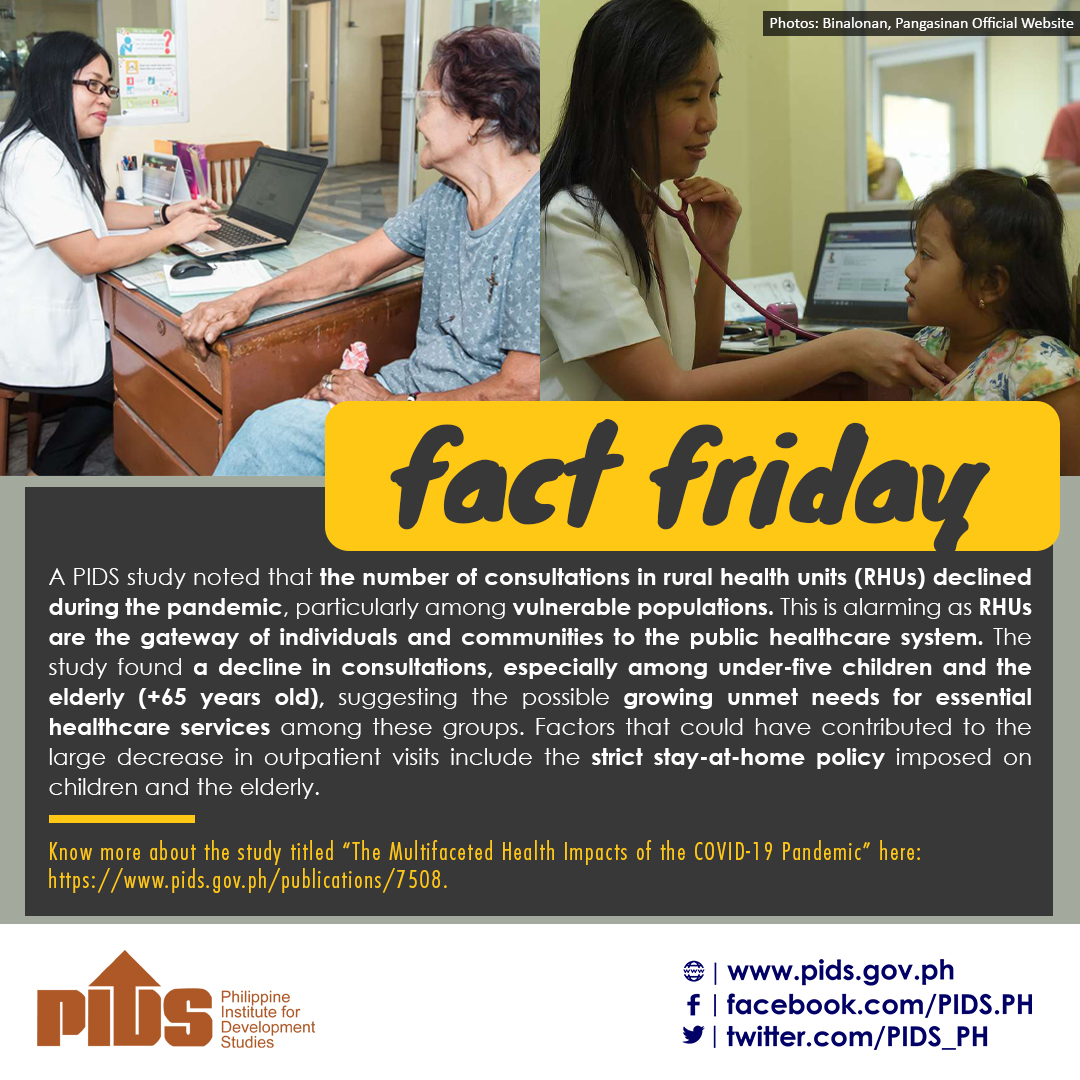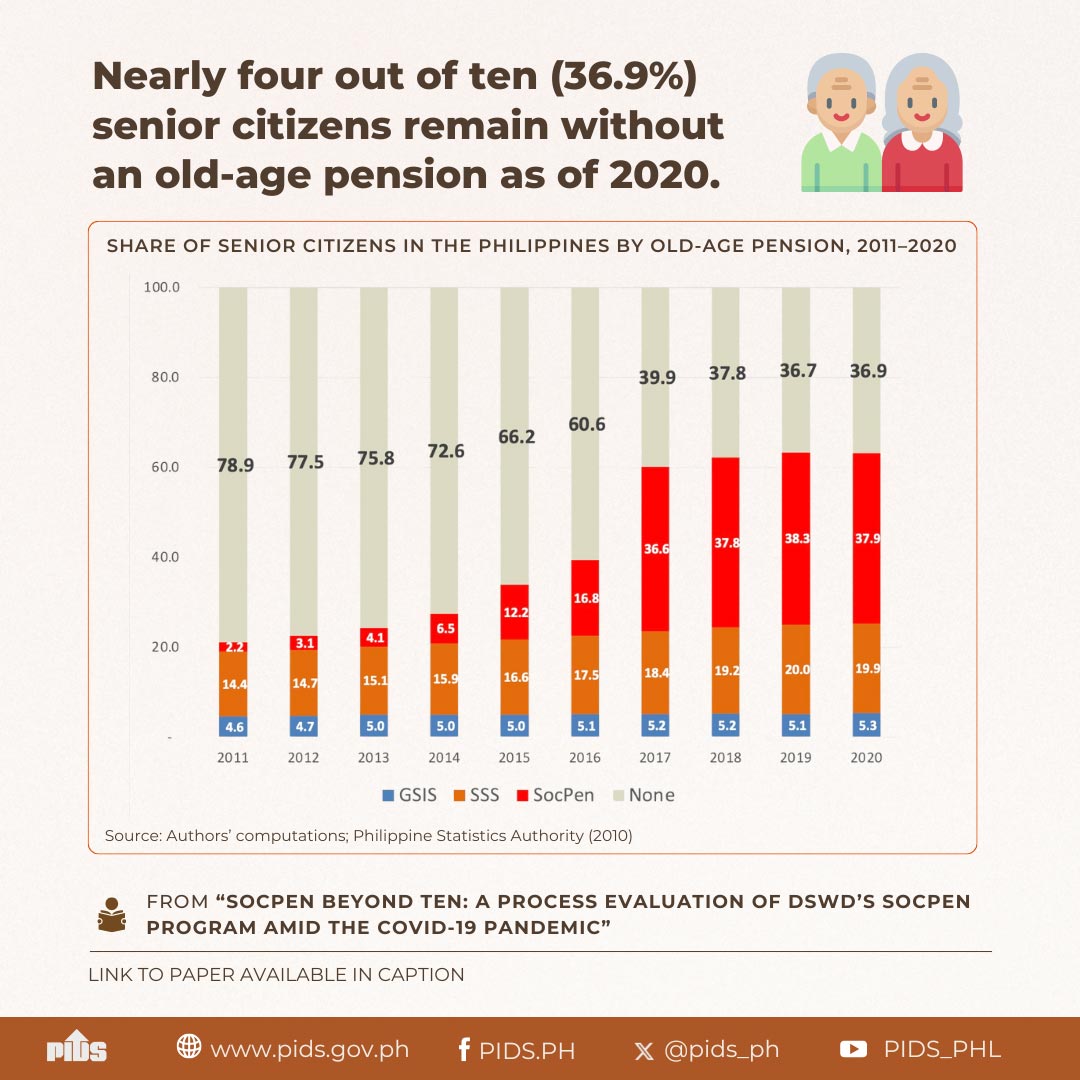THE RECENT flooding in parts of Western Visayas due to heavy monsoon rains enhanced by Typhoon “Betty” certainly drove home the point that climate change and natural disasters can undermine the social protection programs of the government. With the Philippines’ vulnerability to disasters, the government should make social protection programs adaptive to climate change and disasters.
Without adequate social protection in place, households may adopt adverse coping mechanisms in the face of slow-onset climatic shifts, such as changing eating patterns that may result to poor nutrition, pulling children out of school, or engaging them into child labor.
At present, the Department of Social Welfare and Development (DSWD) plays a big role in providing social protection programs to the poor, vulnerable, and disadvantaged, as well as protective services during crisis situations. But we should not stop there.
According to a study published by state think tank Philippine Institute for Development Studies, there is a need to unify the country’s social protection, climate change adaptation, and disaster risk reduction efforts. It urged the Climate Change Commission (CCC, in-charge of climate change adaptation), the National Disaster Risk Reduction and Management Council (NDRRMC, in-charge of disaster risk reduction), and the Office of Civil Defense (implementing arm of the NDRRMC), to work together to “build the resilience of the poor and the vulnerable.”
To do this, the government should first review its existing social protection programs and identify those that can be integrated with climate change adaptation and disaster risk reduction. DSWD’s flagship antipoverty program, the Pantawid Pamilyang Pilipino Program, is a good starting point that can include environmental protection in its scope, such as reforestation, prevention of illegal logging, solid waste management, and soil conservation or backyard gardening. On the part of the CCC, it should ensure that proposals to be evaluated for the People’s Survival Fund (PSF) include social protection components.
The integration of social protection programs and instruments, such as cash for work incentives and food for work programs, in other environmental initiatives of the government like the Department of Environment and Natural Resources’ greenhouse gases emission mitigation strategy may also be considered given that poverty alleviation is one of its visions.

